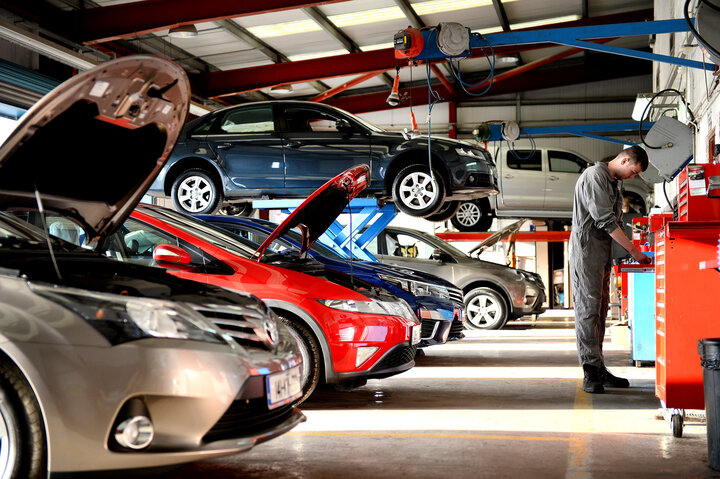Japanese cars have long been known for their durability and stable performance. Some models even require minimal repairs over long periods and still operate efficiently.
After World War II, Japan was recognized as a producer of many inexpensive, disposable items. However, realizing the limitations of this approach, Japan shifted focus in the 1960s towards improving the quality of its products, including automobiles.
Even within Japan, reputable car manufacturing companies fiercely competed to win over consumers who valued ‘quality’ and ‘reliability.’ This competitive environment greatly influenced Japanese companies, driving them to meticulously refine and oversee every product and production process.
Major Japanese car manufacturers like Toyota and Honda were founded on the philosophy of low maintenance. Moreover, the Japanese tend to view their produced cars as tools for thorough exploitation. Hence, if a product encounters an issue, they pause to research and optimize solutions.

The Japanese motto in car production revolves around ‘quality that embodies national pride.’ Prioritizing quality has become the hallmark of Japanese manufacturers. Therefore, quality is intrinsically linked to the image of cars coming from the Land of the Rising Sun.
Not only known for their quality but also renowned for their durability, this is why Japanese cars encounter fewer issues, attracting customers globally, including in Vietnam. Today, mentioning Japanese cars instantly brings to mind their resilience, acknowledged worldwide. Some even refer to Japanese cars as ‘brass pots and stone mortars’ to describe their endurance.
Their reliability extends not only to the engine and transmission but also to the chassis, suspension systems, and various other car components.












